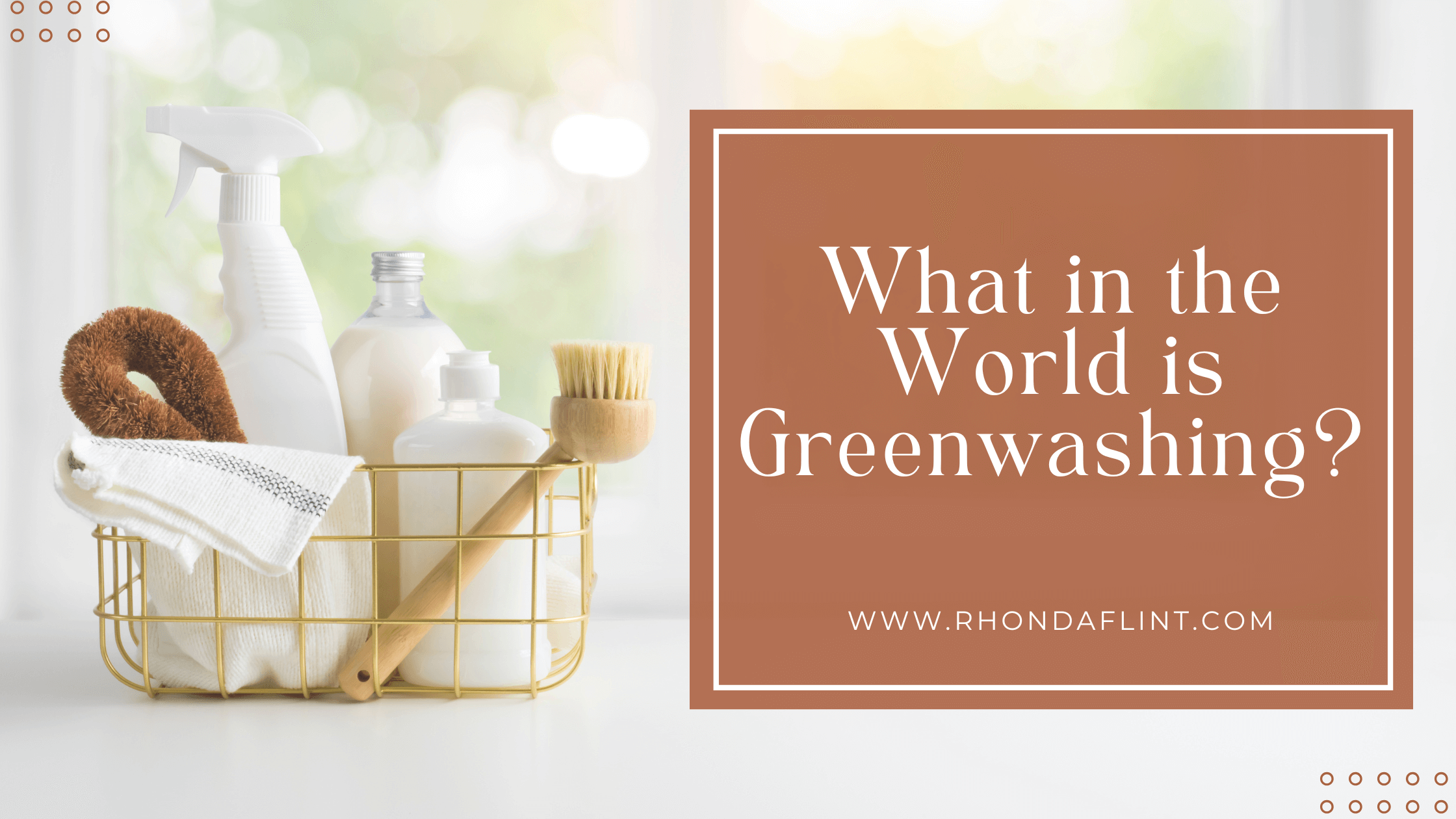
Have you ever bought a product labeled as “natural” or “organic,” only to later find out it wasn’t as clean as you thought? If so, you’ve been a victim of greenwashing—also known as clean washing. Don’t worry, you’re not alone! This deceptive marketing tactic fools many consumers, including me. Let’s break it down and learn how to spot and avoid greenwashing.
What is Greenwashing?
In official terms, greenwashing is when a company falsely claims to be environmentally friendly or to use clean, natural ingredients to attract eco-conscious consumers.
In simple terms? It’s when brands make their products look healthier or more natural than they really are.
Common Signs of Greenwashing
If you see any of these words on a product label, take it as a sign to flip the bottle over and check the ingredients. These terms are not regulated and can be used by anyone, even if the product isn’t actually clean:
- Botanical
- Chemical-free
- Dermatologist recommended
- Earth-friendly
- Extracts
- Gentle
- Green
- Herbal
- Mineral
- Natural
- Naturally essenced or fragranced
- Oil-free
- Organic
- Plant-based
- Plant-derived
- Pure
- Raw
- Sensitive
- Sulfate-free
Brandwashing: Another Trick to Watch For
A term I like to call Brandwashing is when a company markets itself as a clean, natural brand—maybe even having one or two truly clean products—but the rest of their lineup is full of toxic ingredients. Just because one product is good doesn’t mean the whole brand is.
Seven Steps to Avoid Greenwashing
Want to make sure you’re buying truly clean and safe products? Here are seven easy strategies (courtesy of momscleanairforce.org) to help you steer clear of greenwashed products:
1. Start With the Ingredient Label
If a product doesn’t list its ingredients, that’s a huge red flag! Brands that hide their ingredients often claim it’s due to “trade-secret laws” (looking at you, fragrances and household cleaners). Transparency is key—if a company won’t tell you what’s inside, don’t buy it.
Also, check how long the ingredient list is. If it’s filled with unpronounceable chemicals and trademarked names, it’s probably not as clean as advertised.
2. Read Between the Lines: Understanding Terminology
Words like “green,” “eco,” and “clean” aren’t regulated. Unlike “organic,” which has strict guidelines, these words mean nothing unless backed up by real ingredient transparency.
Look at the company’s website. Do they have a banned substances list? Do they use sustainable packaging? Do they participate in programs like 1% for the Planet? These clues will tell you if their “green” claims are real.
3. Steer Clear of Anything That Stinks!
If you see “fragrance,” “scent,” or “parfum/perfume” on a label, put it back. These terms often hide hundreds of undisclosed chemicals, including preservatives and irritants. A truly clean brand will list exactly what makes up their fragrance.
4. Don’t Be Duped by Single-Chemical Claims
Ever see labels like “BPA-Free” or “Phthalate-Free” and assume the product is safe? Not so fast! Companies might replace one harmful chemical with another just as bad. This is called a “regrettable substitution.” Always check the full ingredient list.
5. Look for Independent Third-Party Certifications
Instead of trusting a brand’s own labels, look for legitimate certifications like:
- USDA Organic (for organic ingredients)
- Non-GMO Project (for genetically modified ingredient avoidance)
- MADE SAFE (for nontoxic products)
- Fair Trade (for ethical labor practices)
- OEKO-TEX (for fabrics free of harmful chemicals)
Be wary of fake emblems or self-created certifications—they often mean nothing!
6. What is the Price Point?
Higher quality ingredients usually cost more, so if a product claims to be all-natural but is dirt cheap, it’s worth investigating further.
One way to balance costs? Buy fewer products! Many of us have been convinced we need dozens of personal care items when we really don’t. Simplifying your routine can help save money while choosing better products.
7. Get to Know the Companies You Buy From
Do some research:
- How does the company treat employees?
- Are they transparent about ingredient sourcing?
- Do they give back to environmental or health-focused initiatives?
- Do they do more than just sell products?
Supporting ethical, transparent companies ensures your money goes toward brands that truly care about clean, safe, and sustainable products.
Final Thoughts
Navigating the world of greenwashing is tough, especially with so many misleading marketing tactics. Unfortunately, weak regulations mean companies can get away with deceptive claims. Until stricter laws are enforced, it’s up to us as consumers to dig deeper, ask questions, and demand transparency.
By following these seven simple steps, you’ll be well on your way to making smarter, safer choices. Now go forth and shop with confidence—no more greenwashing traps for you! And don't forget to reach out if you'd like some additional guidance.
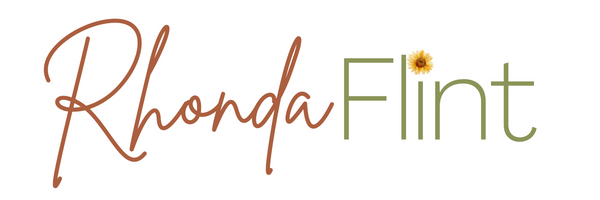







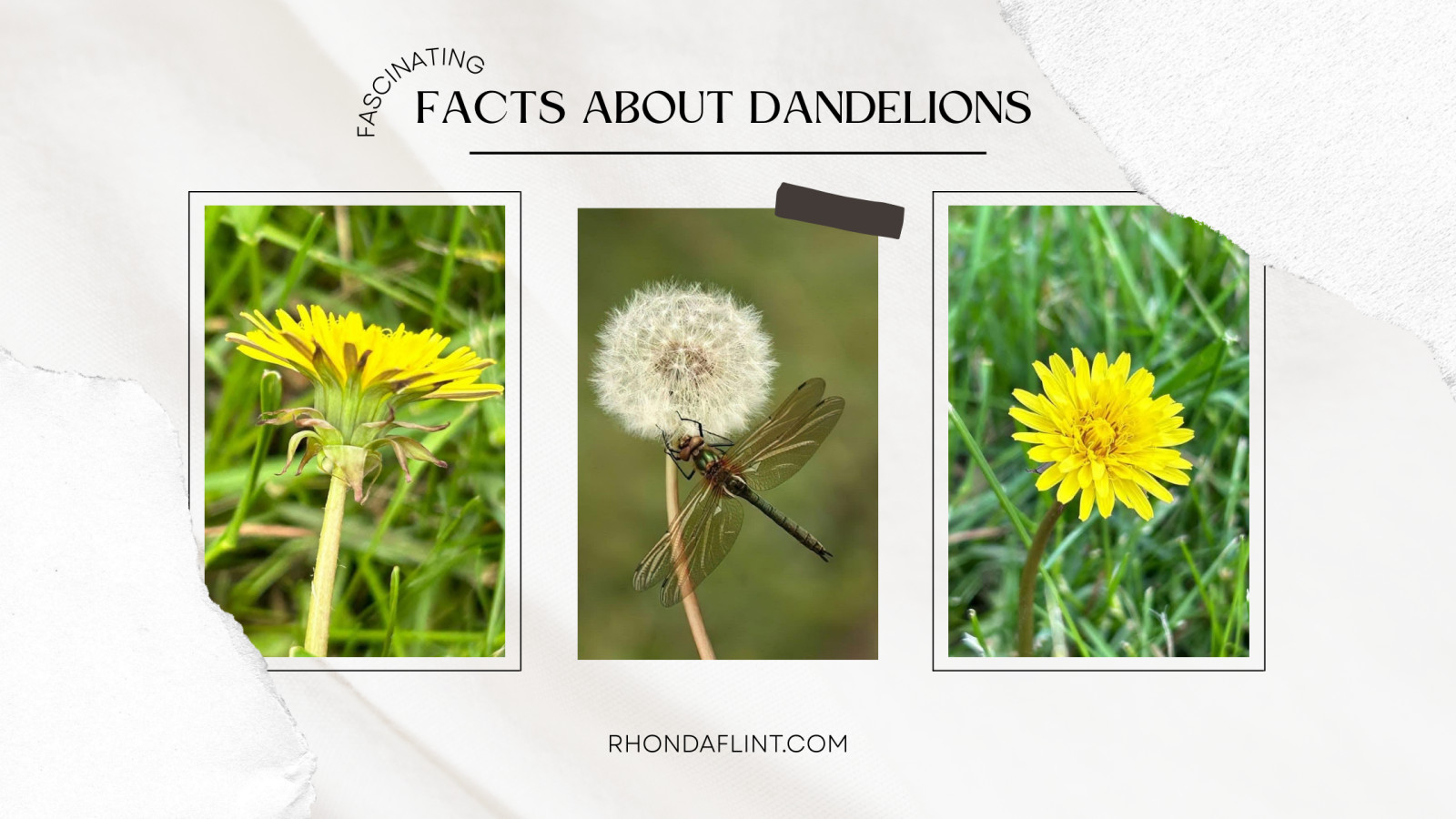
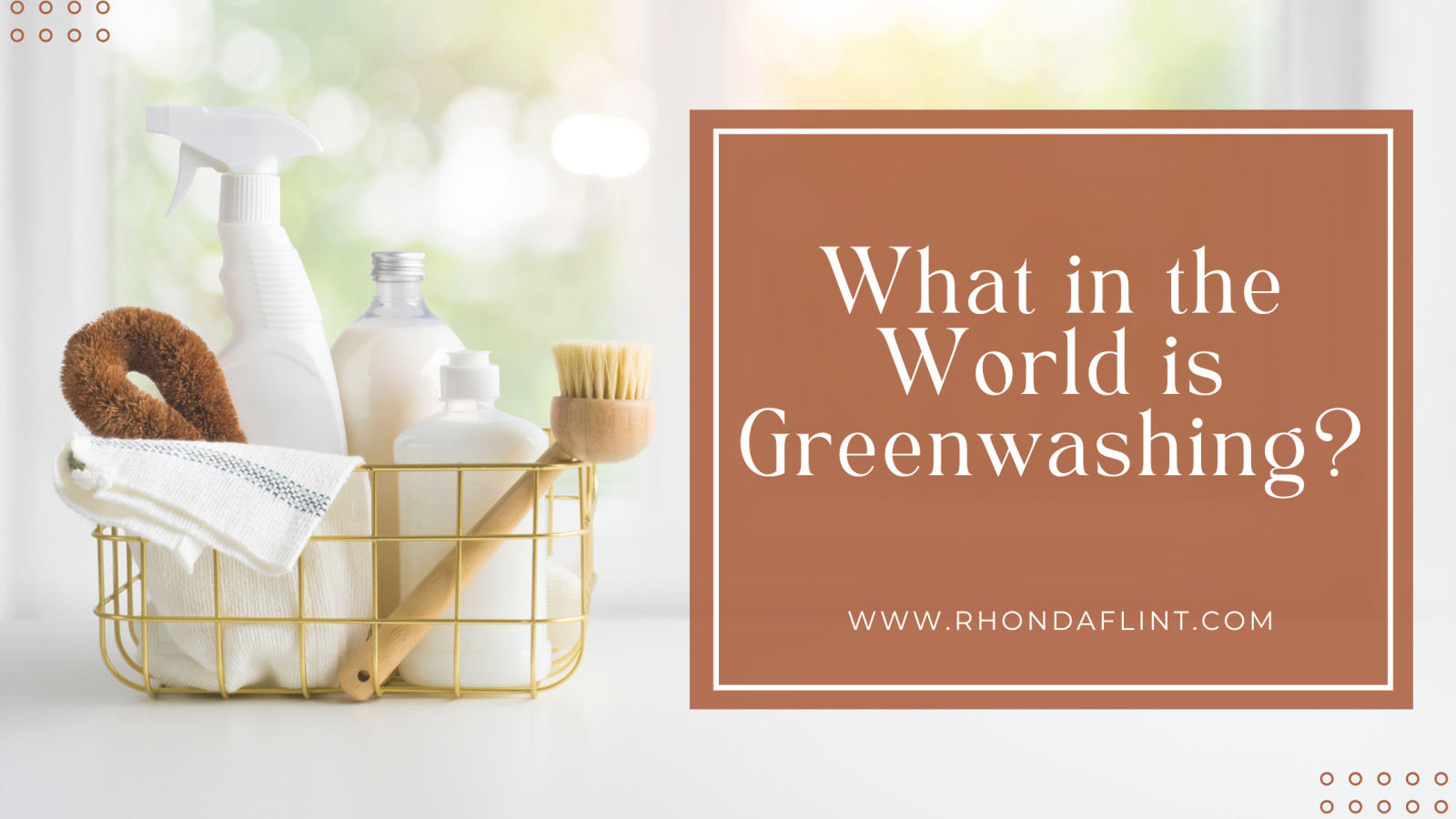



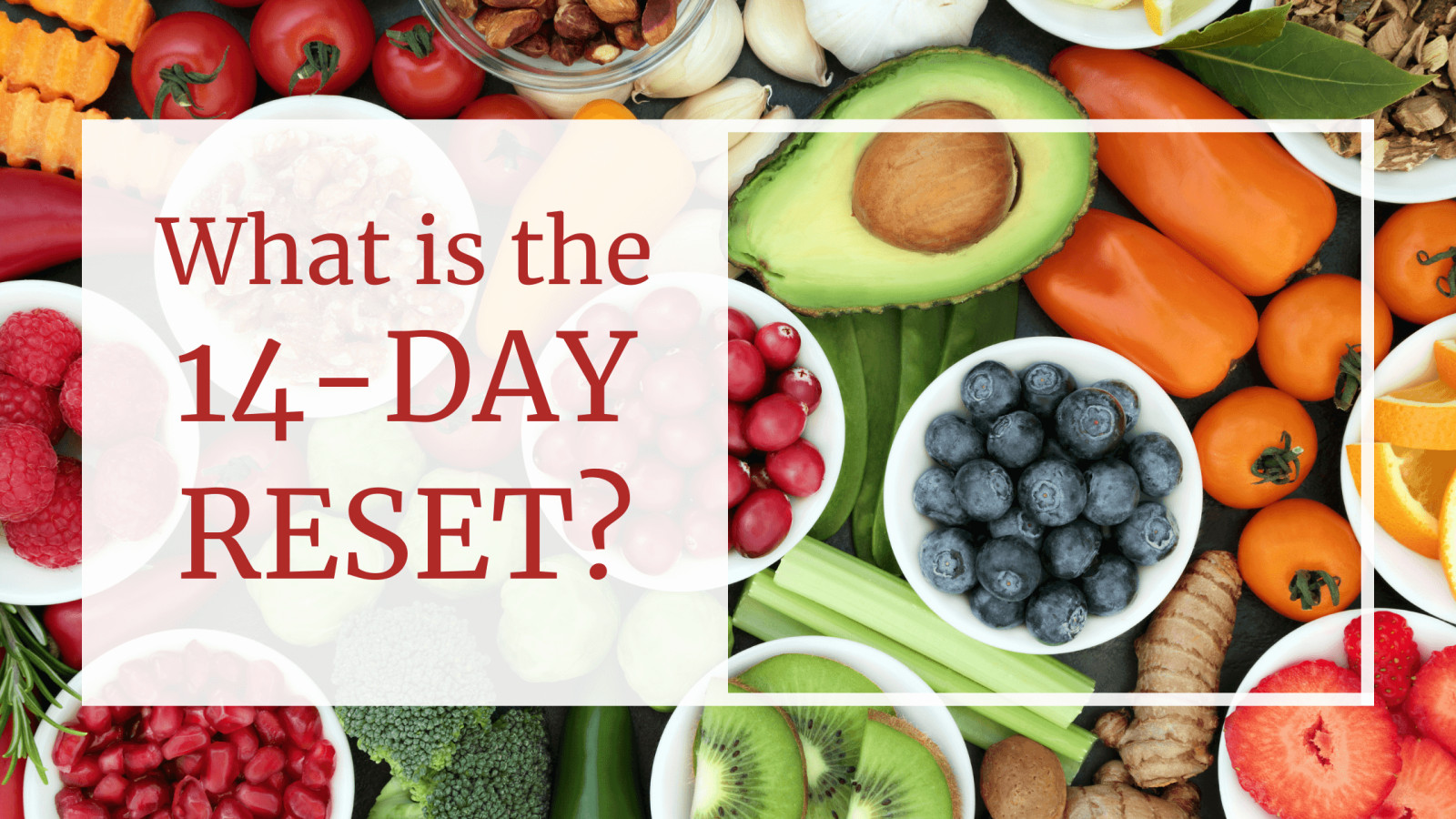
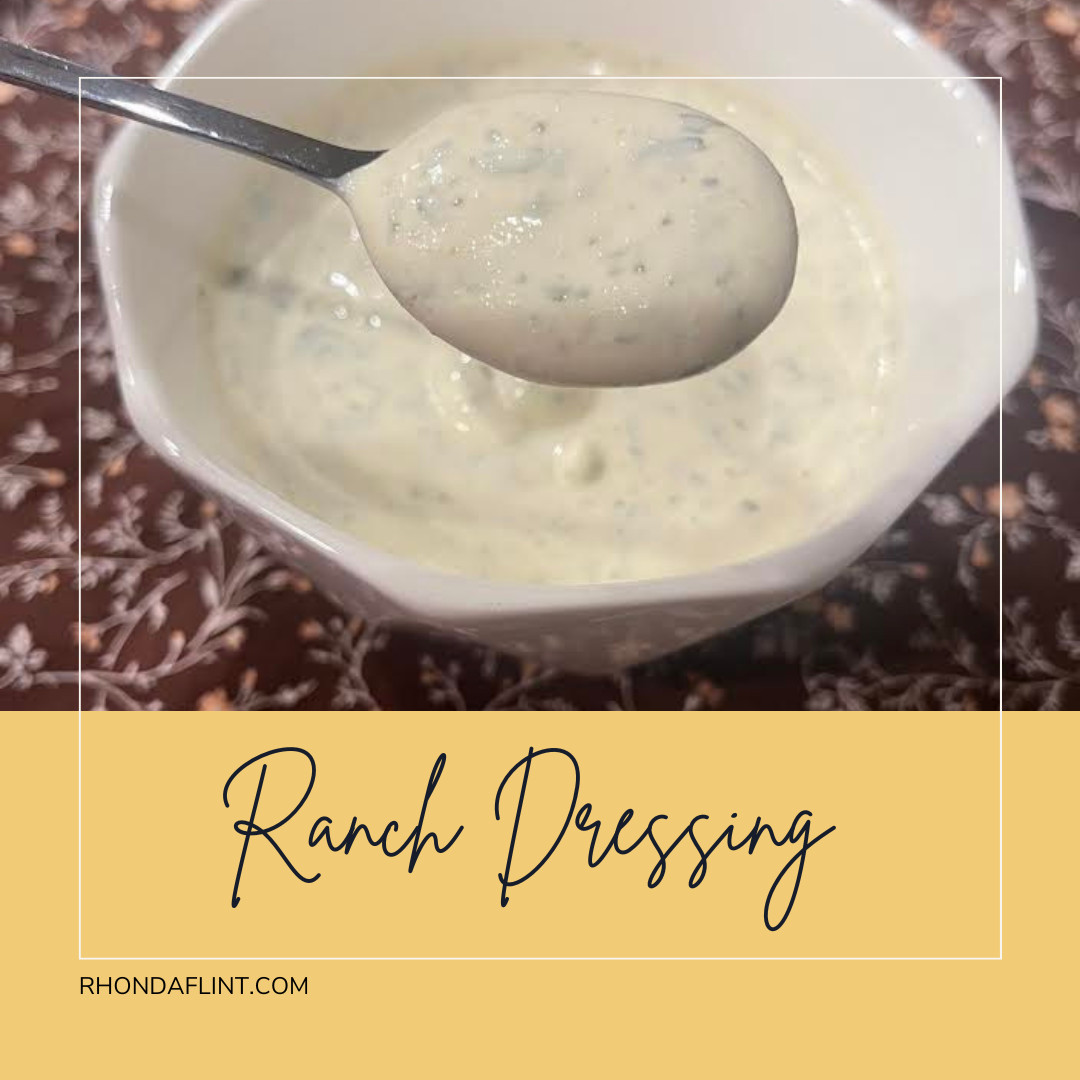

0 Comments